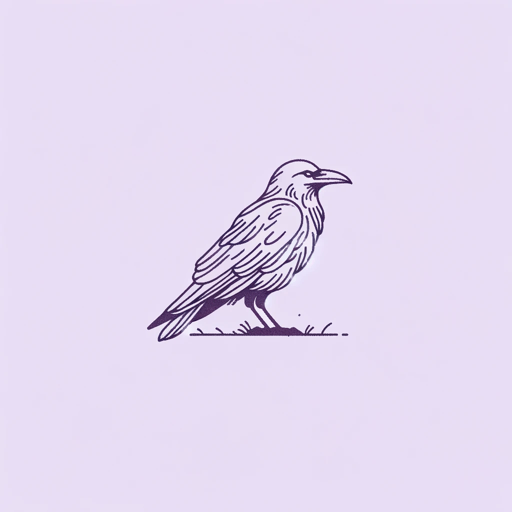56 pages • 1 hour read
Maggie StiefvaterThe Raven Boys
Fiction | Novel | YA | Published in 2012A modern alternative to SparkNotes and CliffsNotes, SuperSummary offers high-quality Study Guides with detailed chapter summaries and analysis of major themes, characters, and more.
Symbols & Motifs
The Ley Line
The ley line is central to the conflicts and relationships in The Raven Boys. On its own, the ley line represents the magic of the story world and its link to Welsh mythology and Glendower. Many of the book’s most magical occurrences take place somewhere on the ley line, including Blue seeing Gansey’s spirit, and the magical forest with the rotting vision tree draws from the ley line’s power to alter time and the seasons. The forest also lets those within its borders change it just by thinking, which Gansey does when he thinks about a particular kind of fish that suddenly appears in the forest’s stream. Altogether, these occurrences offer a glimpse into what ley lines are capable of and what kind of power they could give the one who wakes them. The ley line feeds into The Delicate Balance of Power and the types of corruption that influence people to seek power over forces they aren’t meant to possess.
The ley line means something different to each character. For Whelk and Adam, the ley line is a chance to better their situation, though Whelk does so out of angry desperation, and Adam does so out of a jealous desire to be more than he is.
Related Titles
By Maggie Stiefvater





